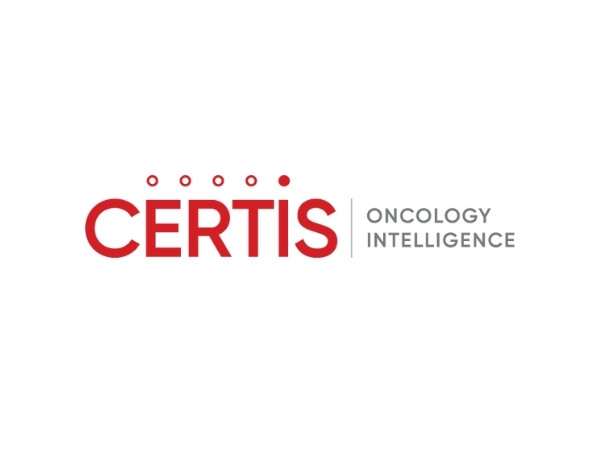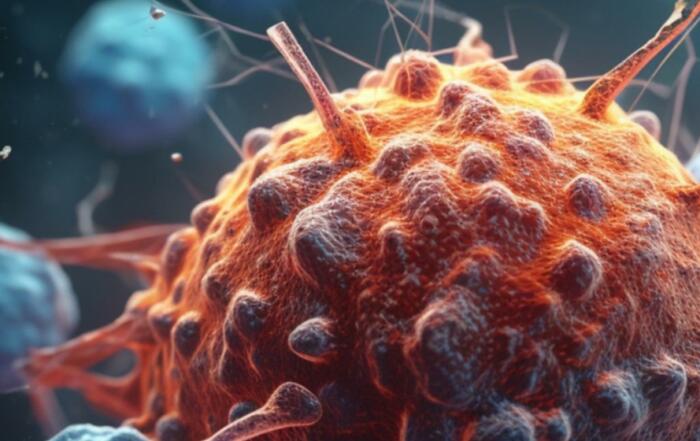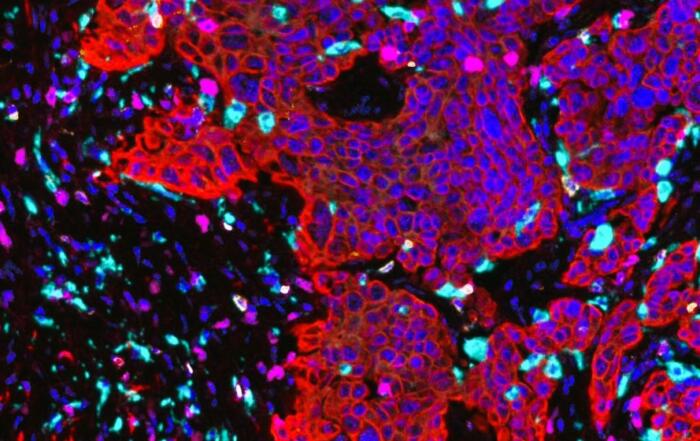Grace Walton, Jonathan Nakashima, and Meaghan Loy kick off Episode 1 of Scientist.com's Cutting Edge Conversations series with a presentation on fundamentals and future trends around the role of in vivo studies in personalized medicine.
This virtual event sheds a light on the skepticism surrounding personalized medicine, which allows healthcare to be tailored to an individual’s unique genetic profile, providing for a more precise and tailored treatment. However, questions have been raised regarding this approach: if treatments are tailored to each individual’s genetic makeup, how can we test if it will actually work? How do we know it is safe? Guest speakers from Certis Oncology and Hera BioLabs address these questions and more, discussing how these standards are met using in vivo models meant to closely mirror the human response to tumors and other conditions.
Jonathan Nakashima, PhD, Chief Scientific Officer, Certis Oncology
Jonathan discussed how his work at Certis Oncology is advancing translational and precision medicine through orthotopic patient-derived xenograft (O-PDX) models. He covered how the tumor microenvironment (TME) plays a key role in cancer growth, metastasis and response to therapies. He went on to show how O-PDX models provide relevant TME and can predict individualized patient response to targeted and chemo therapies and how the response to immuno- and cellular therapies differ between orthotopic and subcutaneous models.
Dr. Grace Walton, Hera BioLabs
Grace presented interesting insights on how SRG Rat (OncoRat®) enables precision medicine-based cancer studies. The process starts with an immunodeficient rat, a Sprague-Dawley Rag2/Il2rg double knockout (SRG) OncoRat that lacks mature B cells, T cells and circulating NK cells is available for cancer modeling. Results are presented that demonstrate the SRG rat to have high efficiency tumor take rates and growth kinetics with different cell lines and PDXs, even in those known to be difficult to propagate. Surgically resected NSCLC tissue from nine patients were implanted in the SRG OncoRat, seven of which engrafted and grew for an overall success rate of 78%. This model allowsfor the formation of larger tumors in the first passage, which provides an ample source of tissue for characterization and/or subsequent passage into NSG mice for drug efficacy studies. Molecular characterization and histological analyses were performed for three PDX lines and showed high concordance between serially passaging and the original patient sample. Next generation sequencing was performed and genomically guided efficacy studies were conducted using this SRG OncoRat model.
View the presentation slides here.
Presenters
Chief Scientific Officer
Certis Oncology
Scientist, Business Development
Hera BioLabs









